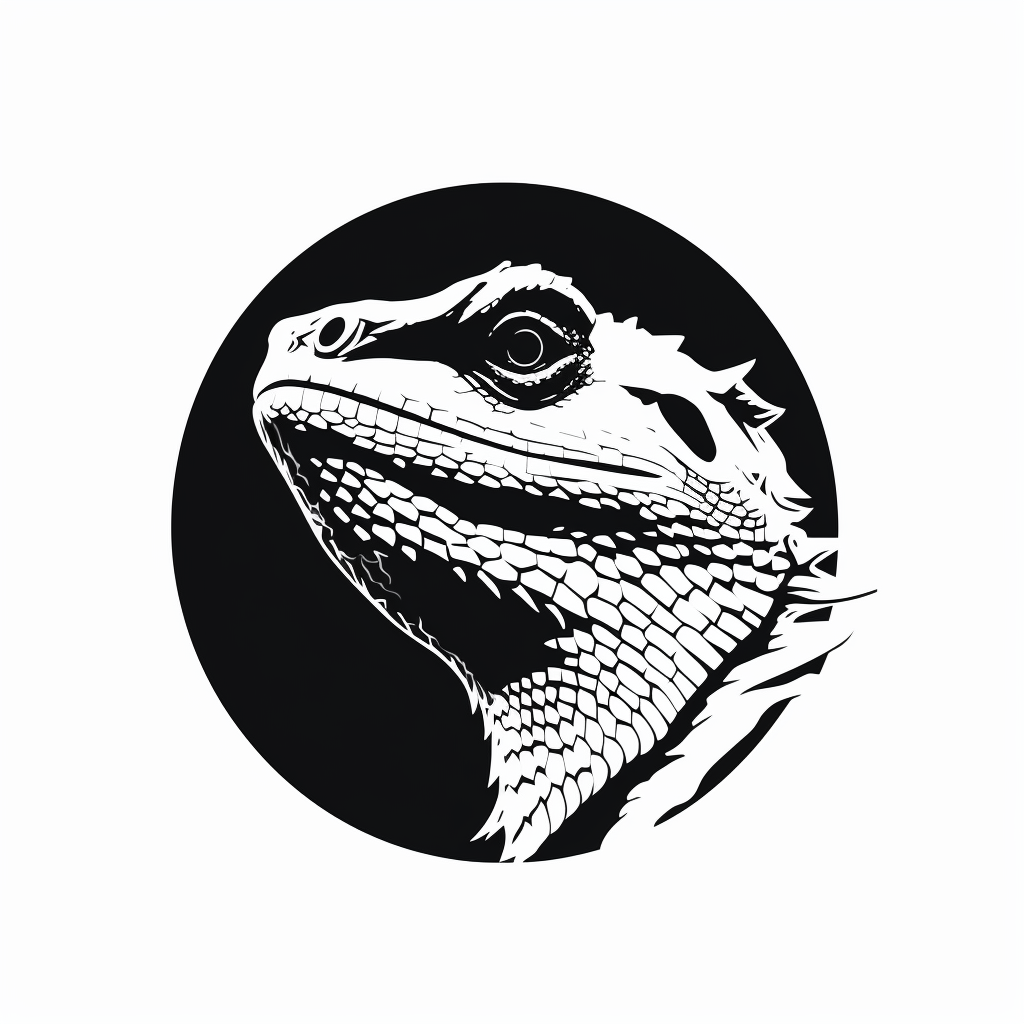Planning Sprints for Agile Scrum Project Management
Planning sprints is an essential part of Agile Scrum, as it allows teams to set goals, prioritize work, and deliver value to stakeholders in a timely and efficient manner. There are several meetings, templates, and processes that can be helpful when planning sprints in Agile Scrum.
Sprint Planning Meeting
The sprint planning meeting is an essential part of agile scrum project management that sets the tone for the entire sprint. This meeting typically takes place at the beginning of each sprint and involves the entire team, including the product owner, the scrum master, and the development team.
During the sprint planning meeting, the team reviews the product backlog, which is a prioritized list of features or user stories that need to be implemented. They identify the highest priority items and determine which ones can be completed during the upcoming sprint. To help with this process, the team may use a technique called scrum poker, which is a collaborative effort to size the user stories by assigning each one a point value based on its complexity and effort required for implementation.
Once the team has decided which items to tackle in the upcoming sprint, they start to break them down into smaller tasks that can be completed within a day or two. This process is called sprint backlog refinement, and it helps the team to estimate how much work can be done during the sprint.
In order to ensure a successful sprint planning meeting, it is important to have a clear understanding of the sprint goal and the objectives for the upcoming sprint. The product owner should be prepared to answer questions and provide clarification about the user stories and the product backlog. The scrum master should facilitate the meeting and keep the team focused on the task at hand. The development team should be actively engaged in the process, sharing their expertise and insights into the feasibility of implementing the user stories within the sprint.
Define a Sprint Goal
A Sprint Goal is a short statement that describes the objective of the sprint. The Sprint Goal is created during the Sprint Planning Meeting and helps to align the team's efforts towards a common goal
Orgnizing the Backlog
The Sprint Backlog is a list of tasks or User Stories that the team has committed to completing during the sprint. The Sprint Backlog is created during the Sprint Planning Meeting and is used to track progress during the sprint.
Learn more about creating an Agile Scrum backlog >
Review User Stories
User Stories are a tool used to describe a feature or function from the perspective of the end-user. User Stories are typically written on index cards or sticky notes and are used to prioritize work and estimate effort. For marketing projects, user stories can be replaced with creative briefs or project outlines, but it is best to keep the end-user, or client, at the center of this process.
Clean the Kanban Board
A Kanban board can help you create a visual representation of the progress made during the sprint. Instead of a Kanban board, you can create a Burndown Chart, which shows the amount of work remaining and the amount of time left in the sprint, allowing the team to identify any issues or delays and make adjustments as necessary.
Learn how to organize your work visually with a kanban board >
Effective sprint planning is essential for successful Agile Scrum project management. By following the best practices outlined above, including holding a well-organized sprint planning meeting, defining a sprint goal, organizing the backlog, reviewing user stories, and keeping track of progress with a Kanban board or Burndown Chart, teams can improve their productivity, collaborate effectively, and ultimately deliver high-quality products that meet the needs of stakeholders. With the right mindset, tools, and processes in place, teams can achieve their sprint goals and continuously improve their performance with each new iteration.
*The first draft of this blog post was written by ChatGPT
